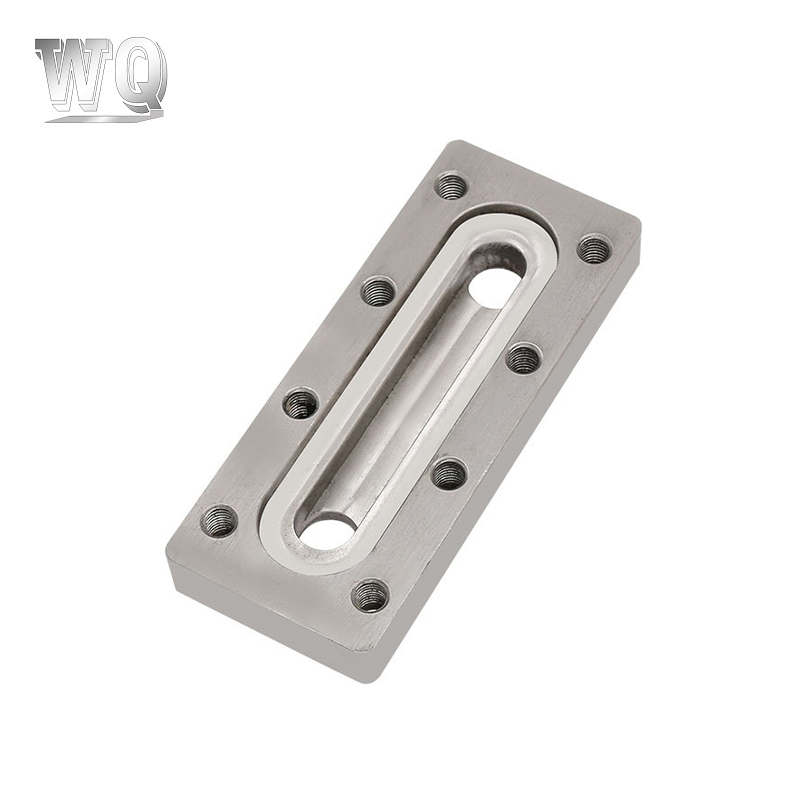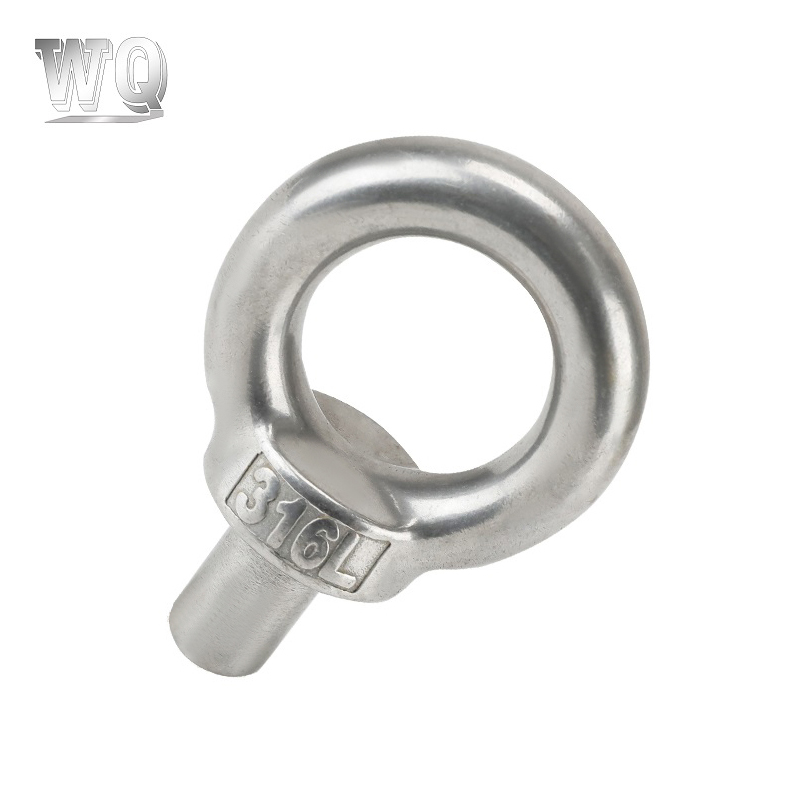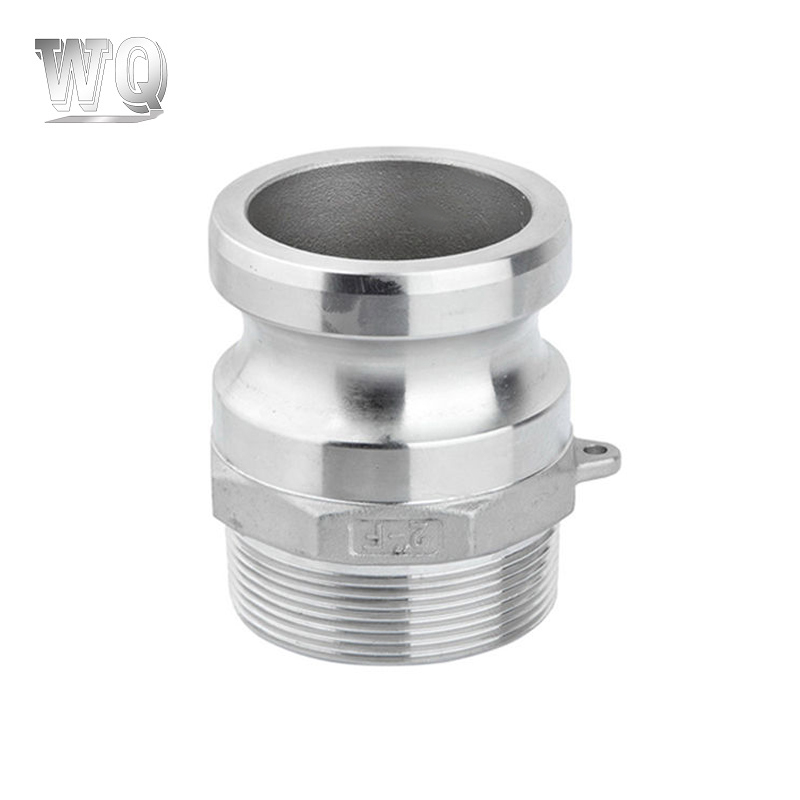Aluminum alloy is a popular material for casting automotive parts due to its unique combination of properties. Its advantages make it ideal for lightweight, durable components, while its challenges require careful consideration to ensure optimal performance.
One of the most significant advantages of aluminum alloy is its low density, which contributes to weight reduction in vehicles. Lightweight components enhance fuel efficiency, reduce emissions, and improve the handling and performance of automobiles. This characteristic is particularly critical for electric vehicles (EVs), where weight reduction can extend battery range.
Aluminum alloys offer excellent strength-to-weight ratios, making them capable of withstanding mechanical stress while maintaining lightweight properties. This makes them ideal for critical structural components, such as engine blocks, suspension parts, and transmission housings.
Aluminum naturally forms a protective oxide layer, providing resistance to rust and corrosion. This feature enhances the durability and longevity of parts exposed to harsh environments, such as road salt, moisture, and varying temperatures.
Aluminum alloys exhibit high thermal and electrical conductivity, which is beneficial for components like heat exchangers, engine blocks, and battery housings in EVs. These properties help dissipate heat efficiently, improving the overall performance and safety of the vehicle.
Aluminum is highly recyclable, retaining its properties through multiple recycling cycles. This makes it an environmentally friendly choice that aligns with the automotive industry’s focus on sustainability and reducing carbon footprints.
Aluminum alloys are compatible with various casting processes, including sand casting, die casting, and investment casting. They are capable of producing complex geometries with high precision, reducing the need for additional machining and assembly.
The casting of aluminum alloy can achieve smooth surface finishes, which reduces the need for extensive post-processing. This is particularly advantageous for aesthetic components or those requiring aerodynamic efficiency.

Aluminum alloys exhibit a higher thermal expansion coefficient compared to other metals. This can result in dimensional instability under high-temperature conditions, requiring careful design considerations to avoid part deformation or failure.
Compared to materials like steel or cast iron, aluminum alloys have lower hardness and wear resistance. This can limit their application in components subjected to high friction or heavy loads, such as gears or brake rotors.
During the casting process, aluminum alloys are prone to porosity caused by trapped gases or shrinkage. This can weaken the part structurally and compromise its performance. Advanced techniques, such as vacuum casting and optimized gating systems, are often needed to address this issue.
Aluminum alloys are more susceptible to cracking during solidification, especially in complex or thick-walled castings. This requires careful control of cooling rates and alloy composition to minimize the risk of cracks.
While aluminum is abundant, high-quality aluminum alloys can be more expensive than some alternative materials like cast iron. Additionally, specialized casting techniques and equipment may add to production costs.
Aluminum’s thermal and chemical properties can make it challenging to weld or join using traditional methods. Advanced techniques, such as friction stir welding or laser welding, are often required, which can increase manufacturing complexity.
Aluminum alloys are sensitive to environmental factors like humidity and temperature fluctuations during storage and processing. Proper handling and storage protocols are necessary to avoid degradation or contamination of the alloy.
Producing primary aluminum from bauxite ore is energy-intensive, contributing to a higher environmental impact compared to recycled materials. Automotive manufacturers often balance primary and recycled aluminum to mitigate these concerns.
Aluminum alloy offers numerous advantages for casting automotive parts, including lightweight properties, corrosion resistance, and excellent thermal conductivity, making it a cornerstone material for modern vehicle manufacturing. However, its challenges, such as susceptibility to porosity, lower wear resistance, and higher costs, require thoughtful engineering and manufacturing practices to overcome. By addressing these challenges with advanced technologies and process optimization, aluminum alloys will continue to play a critical role in the evolution of the automotive industry, particularly in the drive toward lightweight and energy-efficient vehicles.









